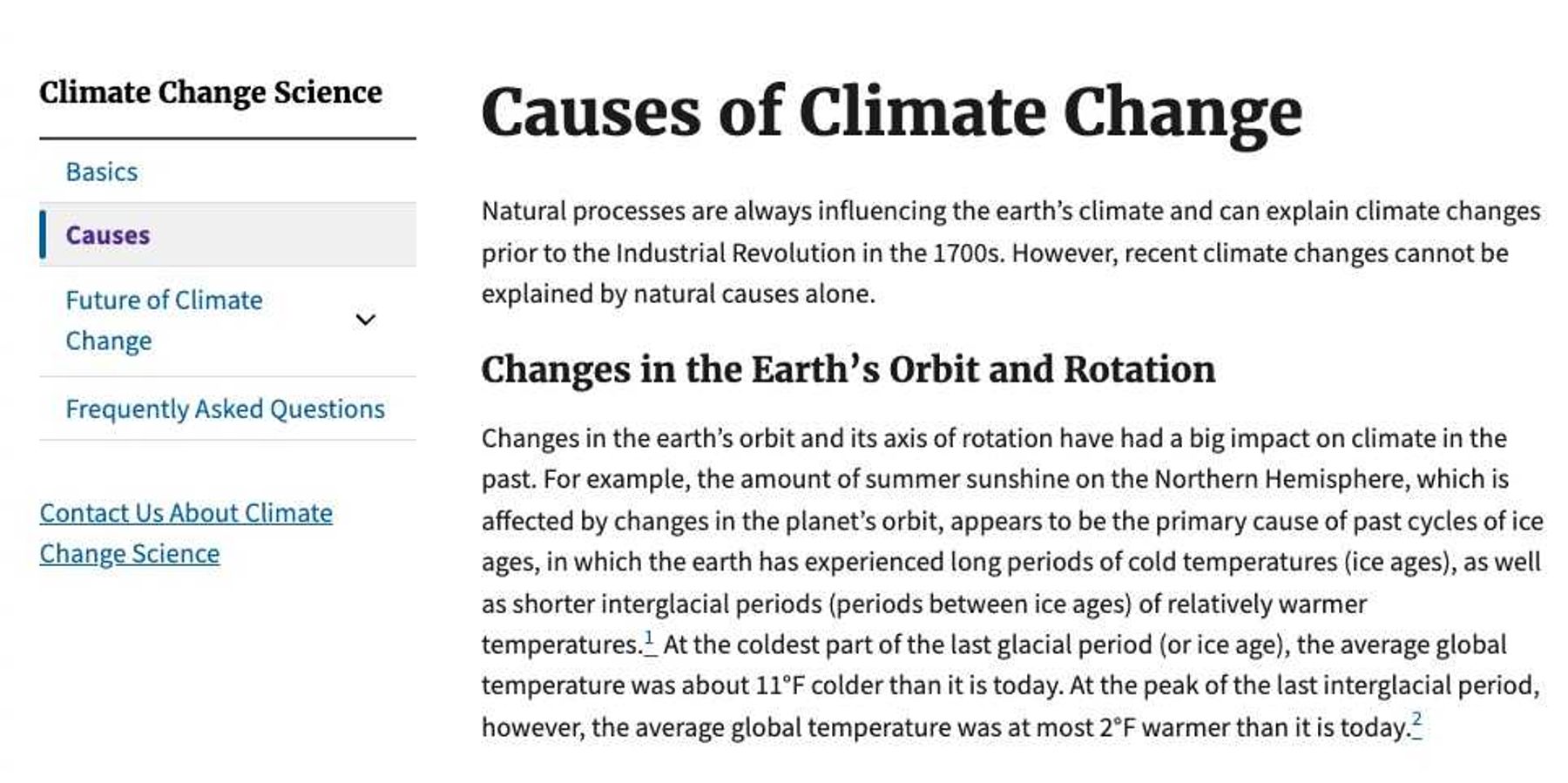Electric trucks could reduce air pollution, improve health
The Yale Climate Connections team writes about environmental justice advocates who are calling for a zero-emission freight transportation system.
In a nutshell:
Low-income Black and Brown communities are disproportionately affected by the harmful pollution caused by diesel trucks transporting cargo across the country. The Moving Forward Network, a nationwide coalition, is advocating for a shift to a zero-emission freight transportation system, embracing electric trucks powered by clean energy. While the EPA has introduced new rules for regulating truck emissions, they fall short of the coalition's ambitions, prompting calls for stronger regulations to ensure a healthier and happier life for those living near these concentrated vehicle routes.
Key quote:
“For people who have to live … in the area where a lot of these vehicles are concentrated, they just want to live a happy and healthy life,” Serenity Williams says. “And to do that, we need the stronger rules so the freight industry can be held to account for what they’re producing.”
The big picture:
As diesel trucks transport goods across the country, they release pollutants that contribute to climate change and negatively impact air quality. The burden of this freight pollution falls disproportionately on low-income communities of color, who often reside near highways, ports, and distribution centers. Exposure to diesel exhaust is linked to cardiovascular issues, cancer risk and even neurological impacts.
Read more at Yale Climate Connections.
More from EHN:
Regan Patterson argues that electrification isn't enough. Transportation justice requires a redistribution of power.
Krystal Vasquez reports on a study showing that low-income people of color in the U.S. are exposed to 28% more nitrogen dioxide in the air they breathe compared to their wealthier white counterparts.













